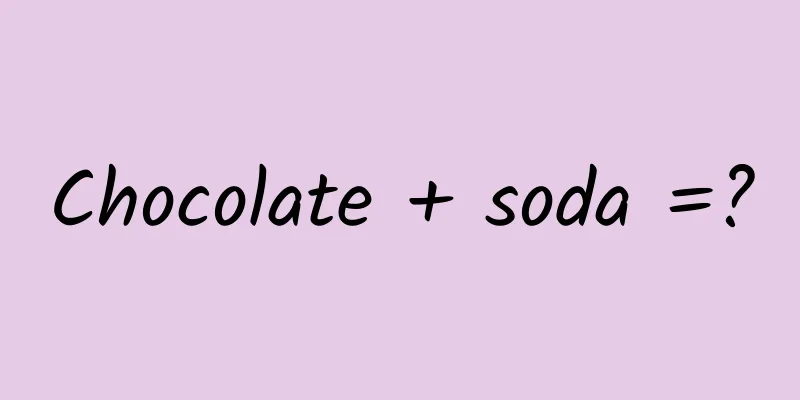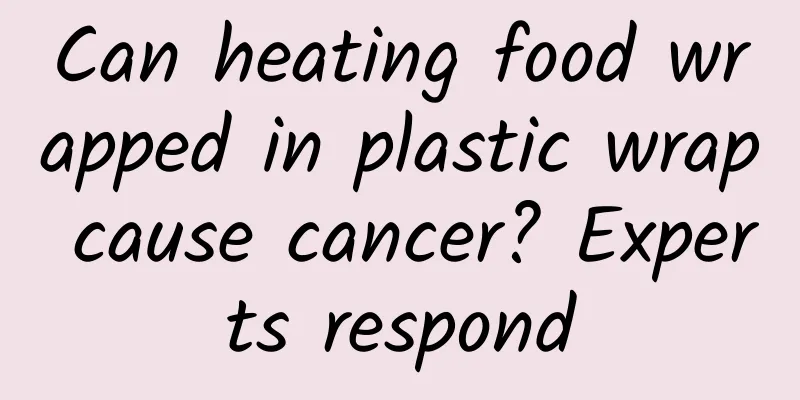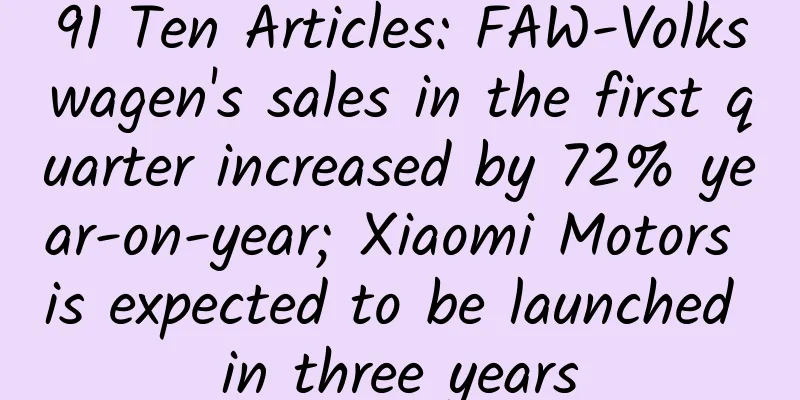Chocolate + soda =?

|
One day, I was eating chocolate and drinking soda water. Who knew that the chocolate would disappear with a shake of the hand? I looked down and found it floating in the cup. The foodie’s desire to explore is now aroused! Experimental equipment Marked cup, sparkling water, beaker, chocolate, knife Experimental procedures First, we cut the chocolate into long strips. Then, drop it into a beaker of soda water. After a while, a layer of bubbles will form on the surface of the chocolate. Three situations may occur afterwards: 1. Larger or squarer chocolates will sink to the bottom of the beaker 2. Smaller or thinner chocolates float on the water 3. The right size chocolate moves up and down in the beaker Sometimes the undulating chocolate gets stuck on the water surface. Rub some chocolate crumbs into it. Making the water a little cloudy will help the chocolate continue to rise and fall. We can also try to cut out more shapes for the chocolate The movement trajectory of chocolate will also become rich and interesting Principle Explanation When chocolate is put into soda water, carbon dioxide formed by the decomposition of carbonic acid adheres to the surface of chocolate, providing a certain amount of buoyancy. When the buoyancy of bubbles and chocolate overcomes the gravity of chocolate, the chocolate as a whole will rise; when chocolate touches the water surface, bubbles at the junction of chocolate and water escape, and the buoyancy is not enough to overcome gravity, so chocolate sinks again. Since the amount of bubbles attached to the surface is roughly proportional to the surface area, if the specific surface area is too small, the chocolate will not float even if it is completely attached with bubbles; on the contrary, if the specific surface area is too large, it can continue to float when it floats to the water surface with only the bubbles on the bottom and sides. Only chocolate with a moderate specific surface area can complete the reciprocating sinking and floating. In actual experiments, due to the high surface tension of water, it is possible that when the chocolate floats to the surface, the bubbles above it cannot escape due to the surface tension. At this time, if there is some oil on the surface of the water to reduce the surface tension, the chocolate can start to move up and down. If the chocolate has a special shape, such as one end is larger than the other, then when it first floats up, only the bubbles at one end will escape. After sinking, because there are more bubbles at the other end, it will flip under the action of the resultant torque, resulting in the swinging motion shown in the last picture. Editor: Litchi Source: Institute of Physics, Chinese Academy of Sciences |
<<: Do you like to eat smelly food? It smells like monkey shit!
Recommend
Searching for dragons in the Year of the Dragon: Did the "hidden dragon" in Lingnan described by Han Yu really "transform into a dragon"?
The Spring Festival is getting closer! This year ...
How to promote user conversion? 99% of them used this trick~
Today, I want to share with you a trick to promot...
Which creative ideas are not suitable for promotion in Baidu bidding?
As a SEM bidder, after making a plan, I submitted...
These "villain" animal professionals are all natives from South America
"The cunning fox took the poisoned apple bor...
A mysterious area that covers 60% of the Earth hides a new discovery in ecology!
Although human technology has enabled us to trave...
Thump! Thump! Thump! Can I still exercise if my heart is beating fast?
Thump! Thump! Thump! Do you also sit and do nothi...
Who “painted” those colors in the fireworks?
When the colorful fireworks bloom in the dark nig...
What? You can generate electricity while taking a hot spring bath? | Tutu Science Fiction
Q What are the differences between hot springs an...
Wuling's sales in April fell 21.6% month-on-month. Why is the legendary car no longer legendary? It's all because of its people-friendly positioning.
Do you still remember the Wuling cars that were e...
Songshan Lake Mini Program Development Price List, how much does it cost to develop a mini program?
The arrival of mini programs has solved the diffi...
18 details of Baidu's ocpc delivery
Baidu Big Search ocpc was launched in the second ...
Operational methodology in 2019!
In just over ten days, we will officially say goo...
Nicolas Cage (Nicolas Cage) movie collection collection 20 high-definition English subtitles Baidu cloud download
Nicolas Cage Movie Collection 20 HD English Subti...
La Nina: Winter is coming, I'll be back
Produced by: Popular Science Expo Author: Half La...
Jiankun's "English Level 6 Listening Comprehension Class" helps you thoroughly understand the Level 6 listening comprehension
Youdao Kaoshen Listening Boss Jiankun Gold Medal ...









